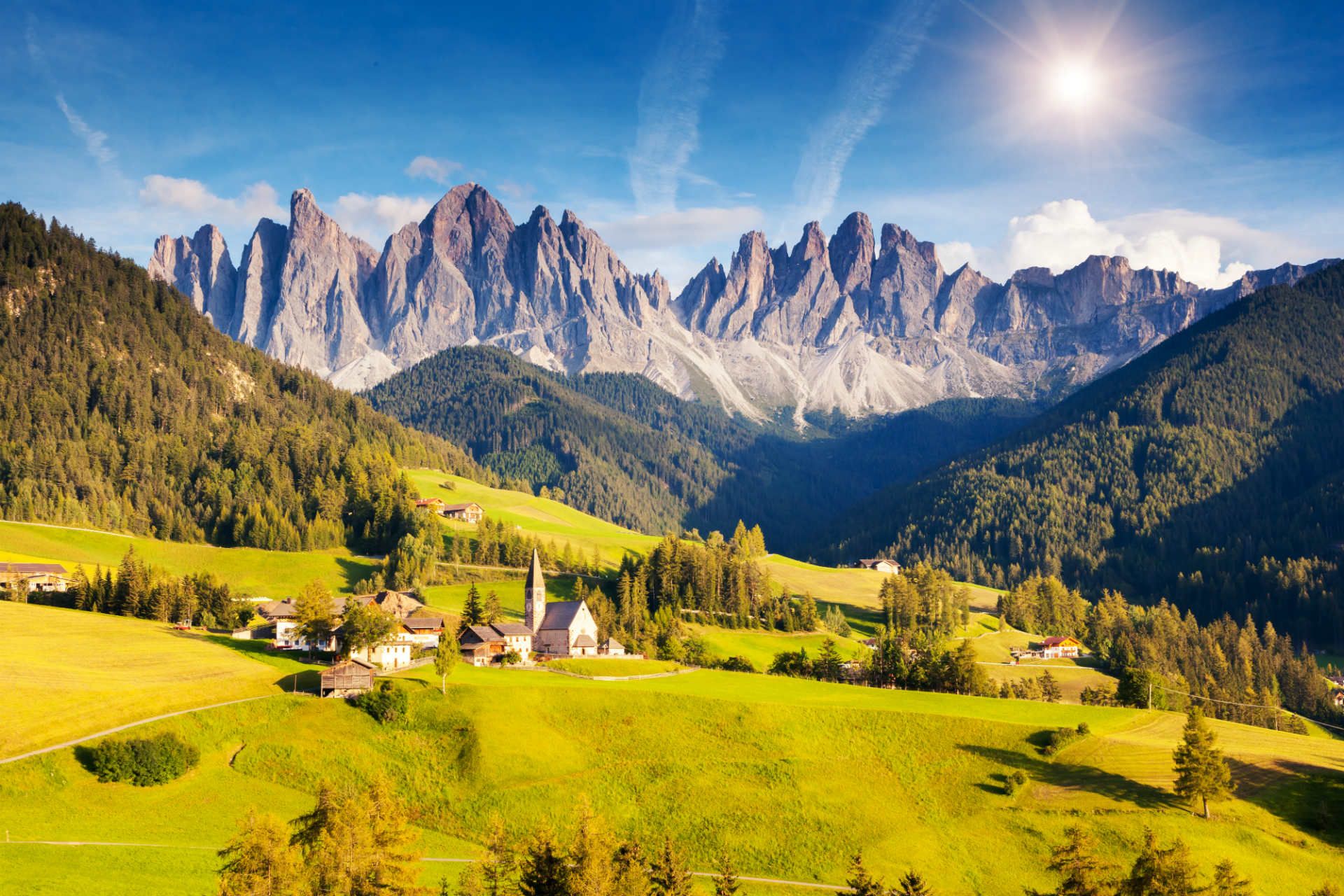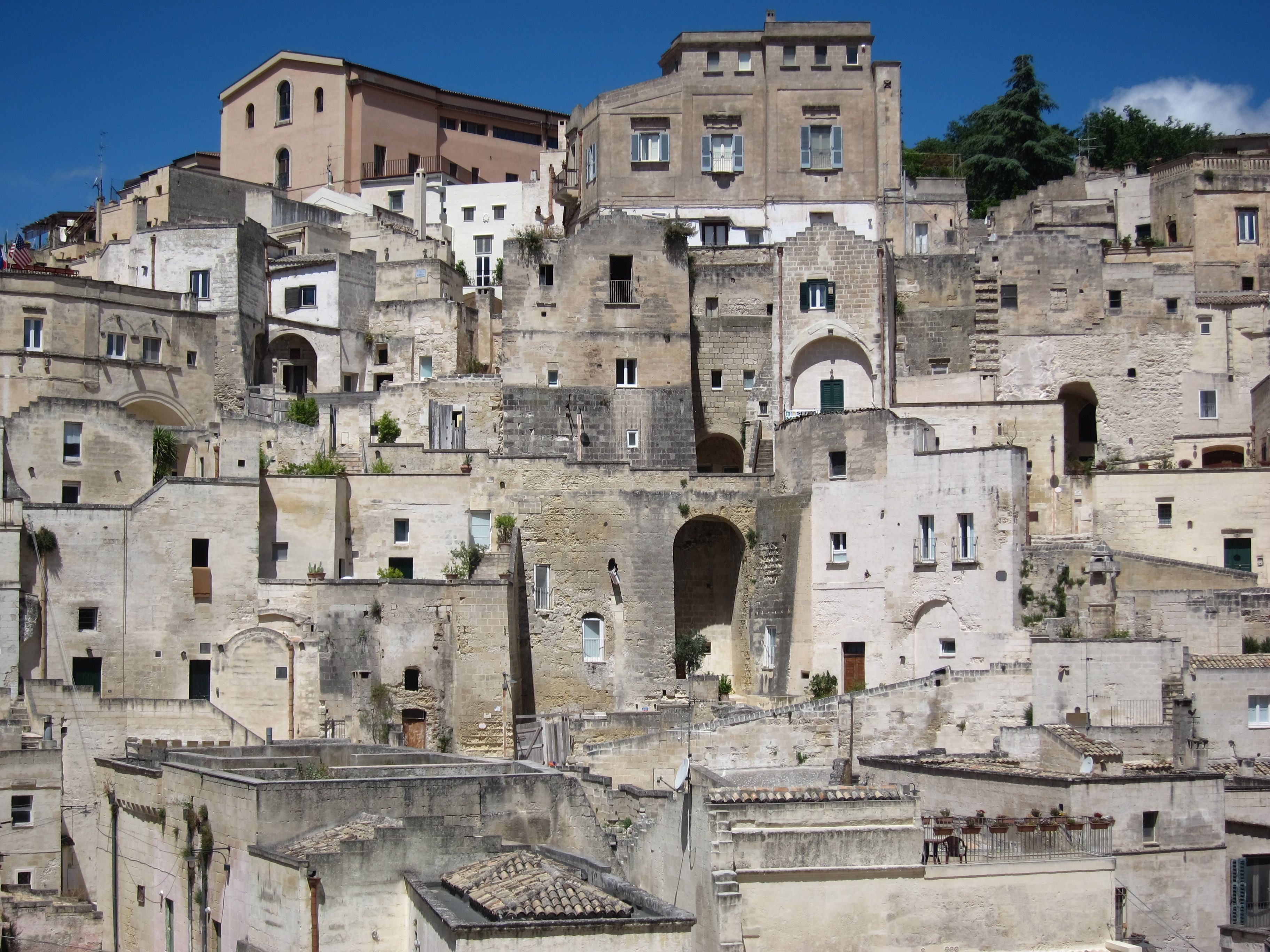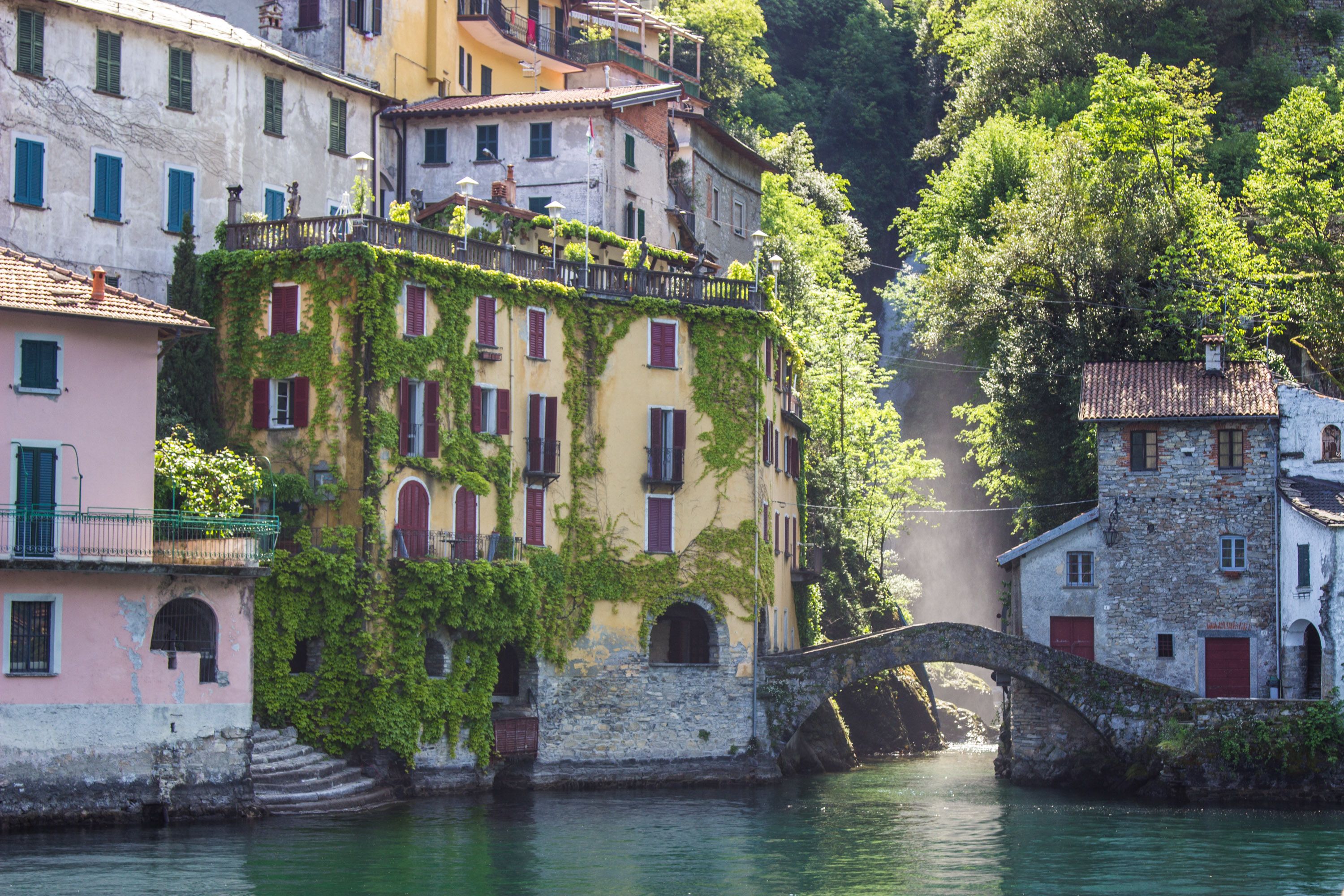Best accommodation types in Italy
If you're wondering how to plan a trip to Italy that goes beyond just standard hotels, you might want to stay instead in farmhouses in wine country, B&Bs run by locals, historic castles, and even hostels in converted buildings. Each comes with its own way of experiencing daily life here.
Agriturismi
From $65 (€60) per night
Agriturismi are working farms where you can stay on-site. Some are simple, others are more polished, but all keep the focus on fresh, seasonal food and a close link to the land.
You might help with grape harvesting, watch olive oil being made, or just enjoy meals cooked with ingredients grown right there. Many have pools, outdoor seating, and wide-open grounds that feel a world away from the cities.
Bed & breakfasts
From $55 (€50) per night
Italian B&Bs (often called affittacamere or locanda) are usually small and family-run, with just a handful of rooms in a home or historic building. The owners are hands-on, often preparing breakfast themselves and sharing their knowledge of the area. This can be one of the best things to do in Italy while you are in the country.
Rooms tend to be comfortable with private bathrooms, and breakfasts are usually made with local produce. They’re especially common in small towns and villages where you might not find larger hotels.
Castles and villas
From $220 (€200) per night
If you’ve ever wanted to stay somewhere with a bit of history under its roof, castles and villas are worth considering. These range from old stone farmhouses to Renaissance palazzos, often set on large estates with olive groves, vineyards, or landscaped gardens.
Villas usually come with a full kitchen, multiple bedrooms, and a pool: great for groups or longer stays. Castles keep their original character, with features like stone towers and antique furniture, but they’re updated with modern comforts. It’s a way to live, for a little while, in a piece of Italy’s architectural history.












